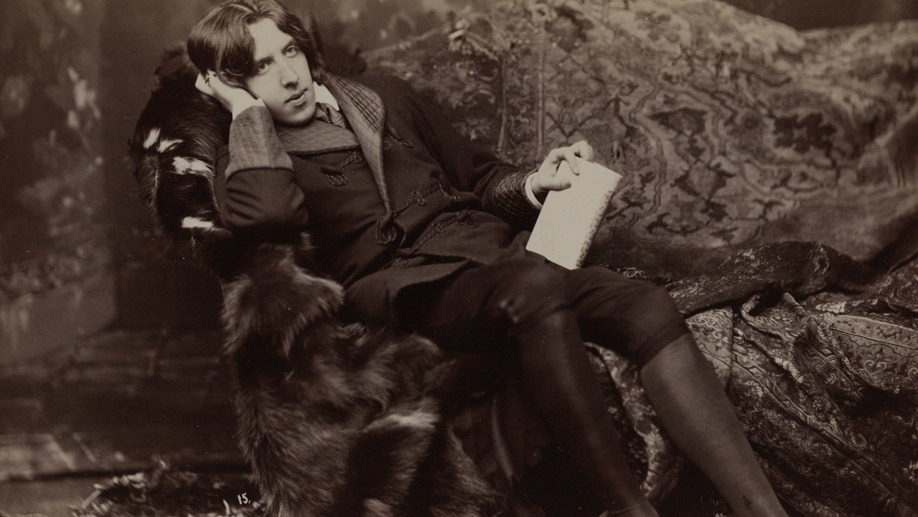Les élèves de 1ère L ont visité, le 9 décembre 2016, l'exposition consacrée à Oscar Wilde qui s'est tenue au Petit Palais du 28 septembre 2016 au 15 janvier 2017. Une élève raconte en anglais ce qu'elle a retenu de cette exposition.

My classmates and I went to see an exhibition about Oscar Wilde at the Petit Palais before the Christmas holidays. The object of that visit was to get to know better the author of the book we studied in class, The Picture of Dorian Gray (1890).
Oscar Wilde was an Irish writer, born in 1854 in Dublin, who died in 1900 in Paris. He was born in a Protestant family. His father was a doctor and his mother a poet and Irish nationalist. Wilde studied at Trinity College in Dublin and Oxford in England. He devoted his life to writing plays and novels.
After university, he held conferences in London and travelled to North America and Paris, where he stayed from February to mid-May 1883. His stay in Paris changed him. He entered his 'second aesthetic phase'. In Paris he met Marcel Proust, and also some painters such as Edgar Degas or Camille Pissarro.
The exhibition at the Grand Palais is the first ever exhibition about Oscar Wilde in Paris. Some 200 documents, including items , manuscripts, photographs, drawings, caricatures and paintings from Ireland, England, Canada, Italy or the United States are displayed. In addition, there are video excerpts of film adaptations and plays by Oscar Wilde, including Salomé.
Moreover, in one of the rooms, there are documents about his complicated relationship with his wife, and his life as a homosexual. It is certain that Oscar Wilde admired his wife, but we do not know if he loved her. She, on the other hand, was always kind to him.
The exhibition also explains the reason why Wilde was sent to prison. He was sent to prison because of his homosexuality. The father of his lover filed a complaint in which he said that Wilde perverted his son. Wilde lost the trial and was sentenced to two years of hard labour. When he was in prison, his wife died. After he was released from prison, Wilde moved to Paris, where he died. He was later buried at the Père Lachaise cemetery, where it is still possible to see his tomb today.
I really liked the exhibition because I thought that it was complete. Now that I know Wilde's life better, I think that his book The Picture of Dorian Gray reads like the story of the life that he would have liked to live.
Charlène Koudou